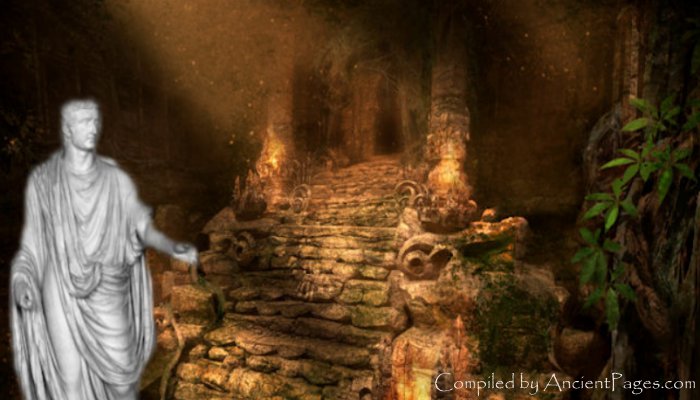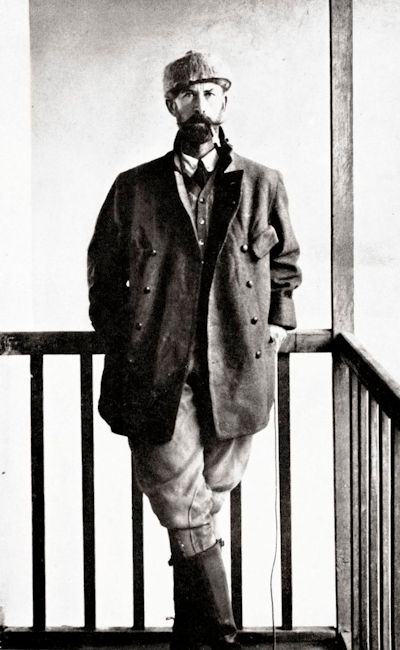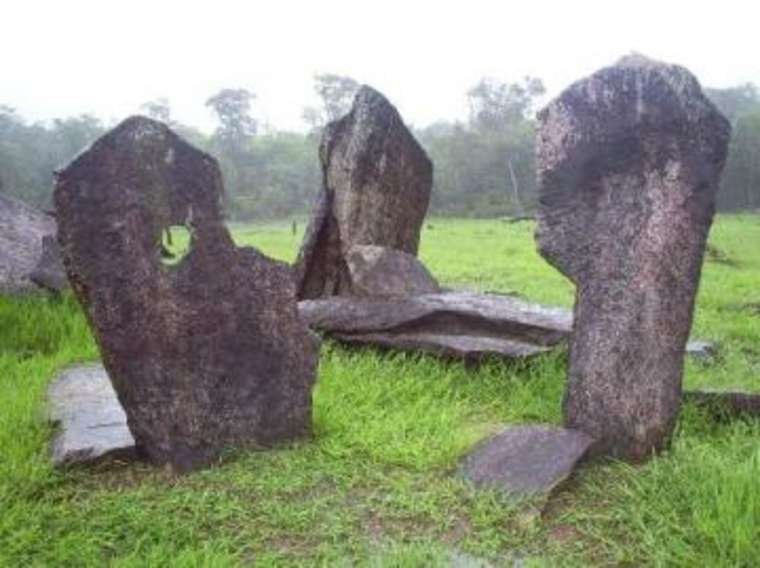Ellen Lloyd – AncientPages.com – We learned about many remarkable, long-forgotten ancient cities hidden in the Amazon Jungle in recent years. Such discoveries made thanks to LIDAR have helped archaeologists shed new light on ancient riddles and improve our understanding of the past.
Using light detection and ranging technology, scientists have located never-before-seen monuments, cities, roads, and ancient structures no-one knew existed. Certain areas, like the Amazon Jungle, are challenging to examine due to the vegetation and other dangers explorers face. This is why relying on high-tech such as LIDAR is a great advantage to archaeologists.

Discoveries like the world’s oldest and largest Maya structure in Tabasco, Mexico, or the 100-kilometer-long stone highway that connected ancient Maya cities have fascinated anyone interested in ancient history.
Such remarkable archaeological discoveries give us several reasons to wonder what more could be hidden in the Amazon Jungle.
One man who decided to learn more about the mysteries of the past was Percy Harrison Fawcett (1867-1925), a British archaeologist and explorer,
Fawcett was convinced the Amazon Jungle was once home to an ancient lost civilization, and he was determined to prove the existence of the City of Z that, according to him, was concealed somewhere in the jungle. Together with his son, Jack, the British explorer headed into the wilderness, but they disappeared in 1925.
Since then, many have wondered whether Fawcett did find the lost ancient city he was attempting to locate.
He was careful and kept knowledge of his discoveries as secret as possible. As David Grann writes in his book The Lost City of Z, “in later diaries, as he developed his case for Z, Fawcett made more archaeological notations. There were drawings of strange hieroglyphics. The Botocudo Indians, now virtually extinct, had told him a legend of a city “enormously rich in gold so much so as to blaze like fire.” Fawcett added, “It is just conceivable this may be Z.” As he seemed to be nearing his goal, he became more secretive. In the 1921 log, he outlined a “code” he had apparently devised, with his wife, to send messages.” 1
It is often said that Fawcett did find the ruins of an ancient city that contained arches, a statue and a temple with hieroglyphs. He described the city ruins in great detail without giving its location. Whatever the truth may be, the fact remains modern archaeologists have not discovered the lost city of Z, at least not yet.

Percy Fawcett. Credit: Public Domain
One interesting story told by Fawcett deals with the ancient megalithic city of the Nhambiquaras.
Author and researcher Harold T. Wilkins (1891-1960), who was pᴀssionate about the ancient secrets of South America, investigated some of Fawcett’s discoveries. In his book, Secret Cities of Old South America
Wilkins writes natives say that there was once a vast sea on the borders of Paraguay, western Brazil, and Bolivia. “The waters of this prehistoric sea, said to be older than the rise of the Andes, laved the slopes of the old Brazilian Highlands, on which the great megalithic cities were located, and extended a good way southwards to what is now Argentina. “2
Information about one of these megalithic cities was revealed to Fawcett by the Nhambiquaras.
“These Indians are the subject of jokes among other Indian tribes in Brazil, by reason of their abnormal size of their virile organ. They are powerfully built and dark in hue and may be descendants of the very ancient black aborigines of South America. They are definitely of Stone Age culture.
Fawecett was told by a cacique of the Nhambiquaras that a megalithic city ancient city lay east of their country, towards the head-waters of the Rio Xingu. This ᴅᴇᴀᴅ city was hemmed in by a belt of very dense forests, beset with the fierce Suyas, a tribe of very savage Indians. The cacique gave to Fawcett one is told a pebble carved in intaglio with a figure of a sandalled man wearing a sort of ancient Roman toga. It was very ancient. Other stones were incised with letters like those found in A.D. 1745, by the old bandeiristas.
These ruins of the Nhambiquara cacique are said to be in plain encircled with a range of blue mountains, and with dense jungles and forests coming up to the mᴀssive walls. There are moats and mᴀssive paved stone causeways and streets.” 2
Fawcett also learned strange, unknown, dinosaur-like animals lived in the regions.
The existence of the megalithic city of the Nhambiquaras has never been officially confirmed. As stated at the beginning, explorations of the jungle are incredibly challenging.

Was Amazon Stonehenge an ancient astronomical observatory? Image credit: Wikipedia
However, we know that in the distant past, people in Brazil raised fascinating megalithic structures that are still shrouded in mystery. One intriguing monument is Calçoene, also called the Amazon Stonehenge.
The true purpose of this structure remains unknown. It could have been used as an ancient astronomical observatory, for burial purposes, or perhaps both.
What ancient cities are hidden in the Brazilian jungle remains unknown, but perhaps with the use of high-tech, we can learn more about the secrets of the past soon.
Updated on January 20, 2024
Written by Ellen Lloyd – AncientPages.com
Copyright © AncientPages.com All rights reserved. This material may not be published, broadcast, rewritten or redistributed in whole or part without the express written permission of AncientPages.com
Expand for references
- David Grann – The Lost City of Z: A Legendary British Explorer’s ᴅᴇᴀᴅly Quest to Uncover the Secrets of the Amazon
- Harold T. Wilkins – Secret Cities of Old South America





